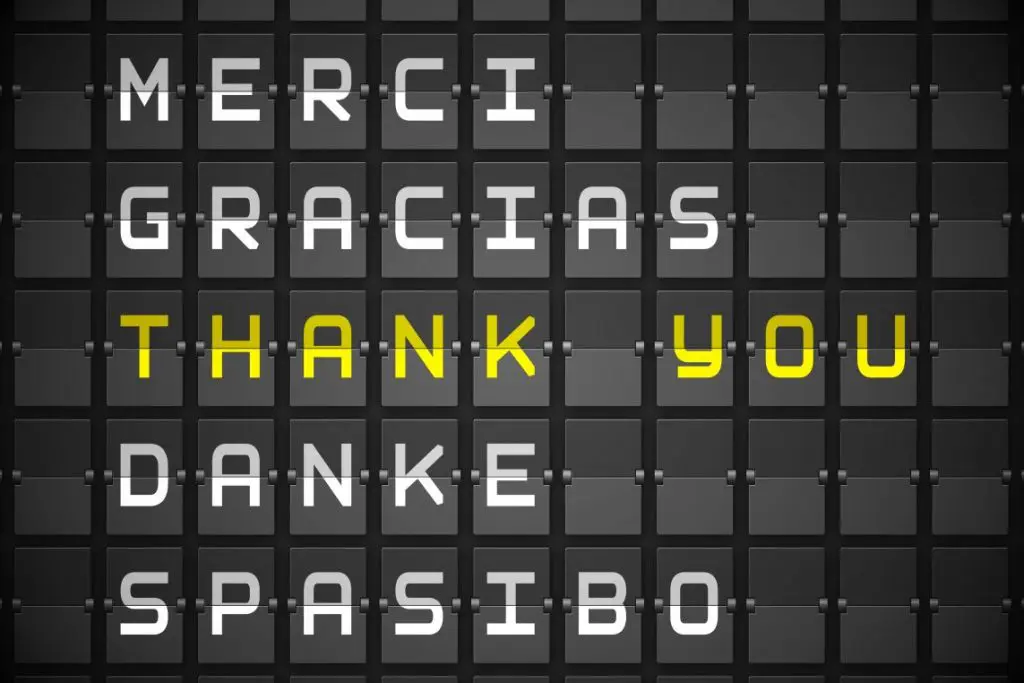German and Chinese: Key Features of Translation
German and Chinese (which will refer to Mandarin specifically throughout this article), are two vastly different languages, and the differences between these languages will be very important to anyone who requires translation between them. So we have chosen to highlight three of the key features in translation from German to Chinese, or vice versa.
-
Verb Tenses
In German different tenses tend to be indicated by changes to the endings of a verb and/or the addition of an auxiliary verb, and this or a variation upon it is common to most European languages. However, Chinese uses a vastly different method, the verb does not change, rather the tense is evident from the adverbs of time used and the particles in the sentence. All words in Chinese only have one grammatical form, therefore verbs do not change according to mood, tense or aspect, and there is not any grammatical between the singular and plural forms of a noun. This is key to translation as it is such a big difference between the languages.
-
Questions
When one wishes to ask a question in German, the verb goes to the start of the sentence unless a question word such as what, how or why is also used, and the use of a question mark at the end of the sentence is of course also an indicator of a question. The Chinese language does not change the word order when forming a question but uses particles to indicate a question. In translation this merits close attention to ensure no questions are missed.
-
Symbols
The two dots placed above certain vowels (a, o, u) known as an Umlaut will be familiar to the vast majority of people who have studied German, it is important as it affects the pronunciation and meaning of any words containing them. In the Chinese alphabet, more than 40,000 logographic symbols are used, and a symbol represents one syllable or concept. A working knowledge of these symbols is necessary for anyone translating from or into Chinese.
Now that you have had the opportunity to learn about the features of translation from German to Chinese, and vice versa, why not take a look at some of our articles on the issues of translating between other pairs of languages.

